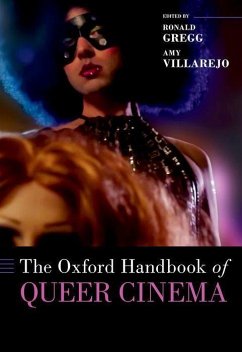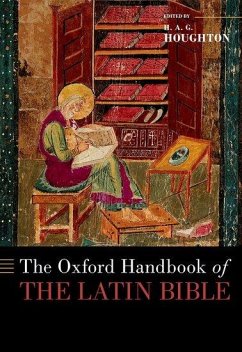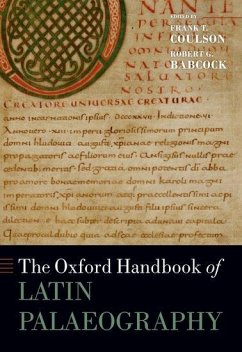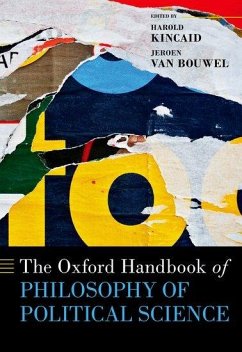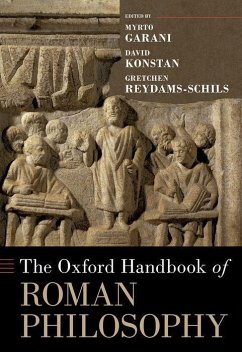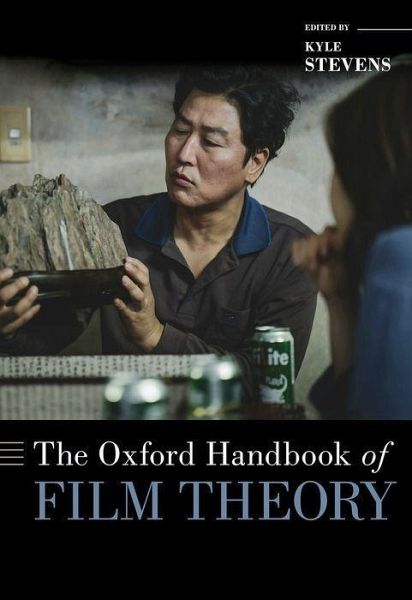
The Oxford Handbook of Film Theory
Versandkostenfrei!
Versandfertig in über 4 Wochen
199,99 €
inkl. MwSt.
Weitere Ausgaben:

PAYBACK Punkte
100 °P sammeln!
The Oxford Handbook of Film Theory narrows in on the subject of film, not with a nostalgic sensibility, but with the recognition that what constitutes a film is historically contingent and in dialogue with the vicissitudes of entertainment, art, and empire. Essays topics include (but are not limited to) audiovisuality, silent cinema, psychoanalytic film theory, affect theory, critical race theory, and the male gaze.




